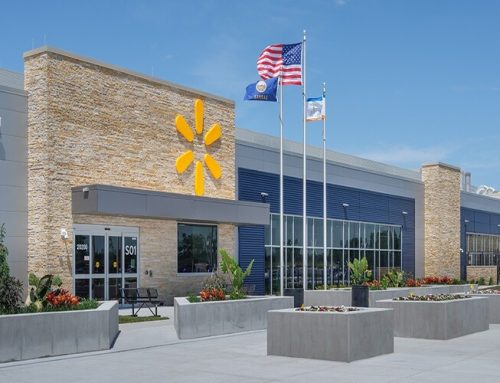By Bruce Erickson and James Lowenberg-DeBoer, Purdue University
|
The 2023 Precision Agriculture Dealership Survey shows continued growth in technology to streamline and increase the efficiency of operations, such as in sprayer boom section/nozzle control, turn compensation, and in fleet management and telemetry.
These are possible reactions to input costs and skilled worker shortages.
The enthusiasm continues for applying crop inputs with drones. More dealers will offer drone imagery, but fewer dealers are offering satellite or aerial imagery, and dealers say imagery use is declining on farms.
Dealers say they will increase future customer offerings of variable-rate pesticide applications, but are much less euphoric than in previous surveys, and they suggest little growth or even a downturn in VRT fertilization and seeding.
On-farm data continues to be used the most for fertilizer-related decisions and for hybrid/variety selection, but in the last few years dealers have not increased their use of on-farm data for decision-making.
Eighty-nine percent of dealers use auto guidance on their application equipment (Figure 1), and 93% of those who offer precision services use guidance of any type (including manual guidance/light bars). This hasn’t changed much in recent years — and a few points year-to-year variation of survey results is normal, as respondents differ each year.
GPS-guided boom section/nozzle controllers on sprayers, which reduce doubling-up and skips, are used at 82% of dealerships and sprayer turn compensation continues to grow, now at 41%. To help with their operational efficiency and also to ensure accurate work, for the first time more than half of dealers are using telemetry to exchange information among applicators or to/from office locations, sharply increasing over the last decade.
Also, for the first time, more than half are using GPS fleet management to track the locations of vehicles and guide vehicles to work sites.
To read the entire article click here.



